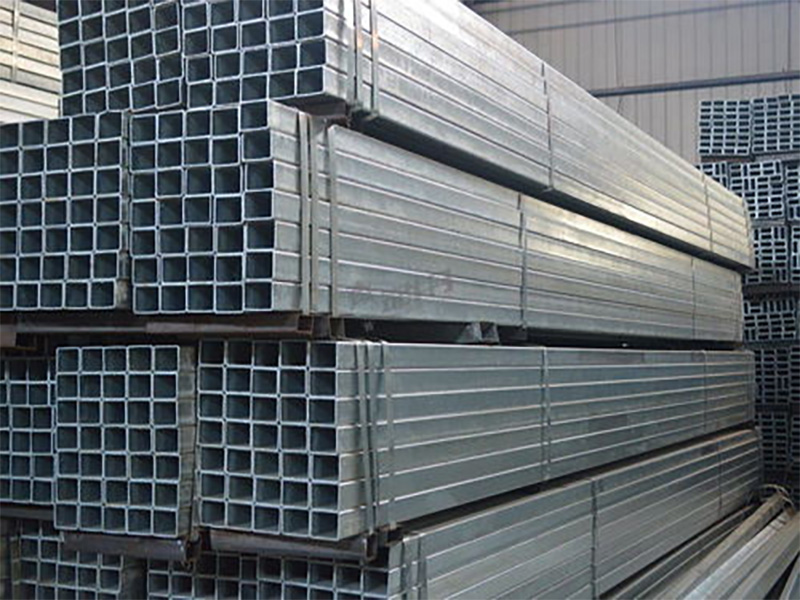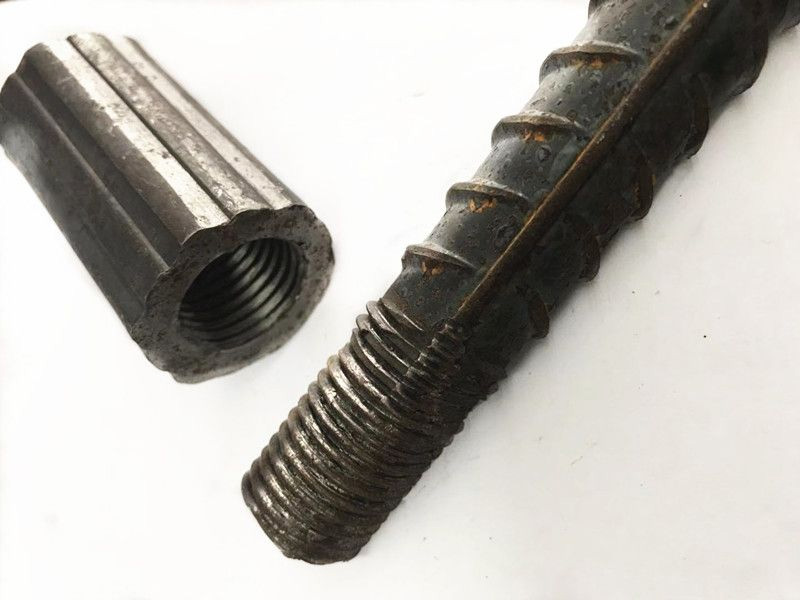

Before we talk about the rebar production process, let’s understand the price trend of rebar.From a macro perspective, domestic steel prices fell sharply in 2013, and Chinese steel products will fall sharply because of persistent overcapacity and lower prices for iron ore, the main raw material. China’s slowing economic growth is crimping the country’s demand for steel and iron ore, driving prices of both commodities to multi-month lows and putting expansion plans by global iron ore producers at risk. The trend is not expected to change in the coming months because there is too much capacity and industry consolidation is too slow; At the same time, the oversupply of iron ore has also increased, indicating that its prices will continue to fall.
In 2013, coal coking steel futures together again fell, and the stock market is stable, steel futures and stock market trend differentiation. The reason is the contradiction between supply and demand of steel industry chain itself.
The main factors affecting rebar price changes are the following three: one is the cost of production; Second, the supply and demand relationship, the factors affecting the supply and demand relationship are more complex; The third is speculative factors, which sometimes cause prices to rise or fall irrationally. Factors affecting production costs include raw material costs and energy costs, and factors affecting supply and demand include macroeconomic operation cycle, output and consumption, inventory, and import and export policies.

There are two commonly used classification methods of rebar production: one is geometric shape classification, according to the cross-section shape of the transverse rib and rib spacing different classification or classification, such as the British standard (BS4449), rebar is divided into type I, type II. This classification mainly reflects the grip performance of rebar. The second is the performance classification (level), such as China’s current implementation standard, rebar for (G B1499.2-2007) wire for 1499.1-2008), according to the strength level (yield point/tensile strength) will rebar is divided into three grades;
Japanese industrial standard (JI SG3112), according to the comprehensive performance of rebar is divided into 5 types; The British standard (BS4461) also specifies a number of classes of rebar performance tests. In addition, rebar can be classified according to its use, such as ordinary steel bar for reinforced concrete and heat treated steel bar for prestressed reinforced concrete.

Rebar is a surface ribbed steel bar, also known as ribbed steel bar, usually with two longitudinal ribs and transverse ribs evenly distributed along the length direction. The appearance of transverse rib is helical, herringbone, crescent form 3 kinds. In millimeters of nominal diameter. The nominal diameter of ribbed steel bar is equivalent to that of smooth round steel bar with equal cross section. The nominal diameter of steel bar is 8-50 mm, and the recommended diameters are 8, 12, 16, 20, 25, 32, 40 mm. Ribbed reinforcement mainly bears tensile stress in concrete. Ribbed steel bars, due to the role of the rib, and concrete have greater bonding ability, and can better bear the action of external forces. Ribbed steel bars are widely used in various building structures, especially in large, heavy, light thin-walled and high-rise buildings.

Rebar production is produced by small rolling mills, the main types of small rolling mills are divided into: continuous, semi-continuous and horizontal. New and in use in the world to the full continuous small mill majority. Popular steel mills are universal high speed rolling steel mills and 4 – section high – volume steel mills.Rebar production process
The billet used for continuous small rolling mill is generally continuous casting billet, its side length is generally 130~160mm, the length is generally about 6~12 meters, and the single weight of billet is 1.5~3 tons. Most of the rolling lines are arranged horizontally and vertically alternately to realize the whole line without torsion rolling. There are 18, 20, 22, 24 small rolling mills according to different billet specifications and finished product sizes, 18 as the mainstream. Bar rolling adopts new technology such as stepping heating furnace, high pressure water descaling, low temperature rolling and endless rolling. Rough rolling and middle rolling develop to adapt to large billet and improve rolling accuracy. Finishing mill mainly improves accuracy and speed (up to 18m/s).
Product specifications for the general 10-40mm, also have 6-32mm or ф12-50mm. Production of steel for the market demand of low, medium and high carbon steel, low alloy steel; Maximum rolling speed is 18m/s.

For Further Details,Please Feel Free To Contact Us: